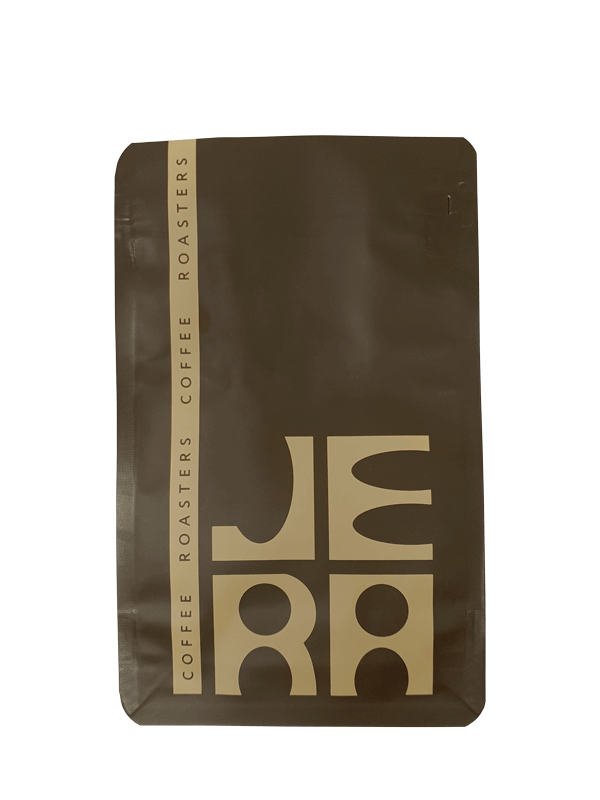ניקרגואה | Nueva Segovia
קפה ייחודי מניקרגואה
קפה בעיבוד יבש והתססה אנאירובית ממושכת. חמיצות בולטת, מתיקות גבוהה, גוף מאוזן. טעמים של פירות צהובות עם סיומת קרמל עדינה. קלייה בהירה, מיועדת להכנת קפה בפילטר.
₪55.00 – ₪220.00
ברכישת כל סוגי קפה קלוי בסכום:
בין 600 ש"ח ל-1000 ש"ח עם קוד קופון "10%" תקבלו 10% הנחה
בין 1001 ש"ח ל-1500 ש"ח עם קוד קופון "20%" תקבלו 20% הנחה
מעל 1501 ש"ח עם קוד קופון "30%" תקבלו 30% הנחה
Finca Argentina is a 80ha farm owned by the Peralta family in Dipilto, Nueva Segovia. This single-plot microlot utilises a raised bed natural process with an extended anaerobic cherry fermentation.
The Peralta Family coffee-growing history dates back to the beginning of the 20th century, but it was only in 2008 that brothers Julio and Octavio shifted focus to developing unique specialty preparations.
Finca Argentina is situated in the Dipilto, Nueva Segovia Region of Nicaragua, close to the Honduras border. The farm is nestled within lush forested hills, making this prime specialty coffee country. Nicaragua has a long history with coffee but over the past few years has become increasingly well known for top specialty coffee due to the influence of producers like Julio and Octavio.
This lot was produced using natural process with an extended anaerobic fermentation. First, ripe cherries are sorted and washed. Afterward, they are introduced into airtight 450L tanks to ferment for up to 72 hours in an anaerobic environment. To lower the temperature down to approximately 15 Celsius, the tanks are placed inside water-filled fermenting pools to slow the fermentation and avoid spoilage or risk of taints for up to 72 hours.
After the fermentation period is finished, the cherries are taken out of the tanks and transported to the dry mill for the drying process which may take up to 30 days. Initially, the cherries are spread on a single layer for a three day period to allow them to shed off the excess water. Once the excess water is eliminated and the cherries begin to dry, these are placed on the covered drying beds for the remainder of the drying period. The cherries are moved by hand three times a day to allow them to dry evenly and prevent mould or over-fermentation.













